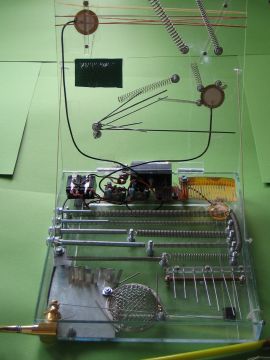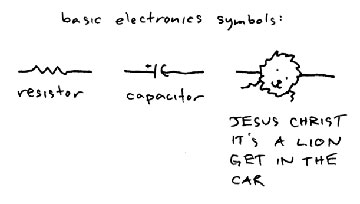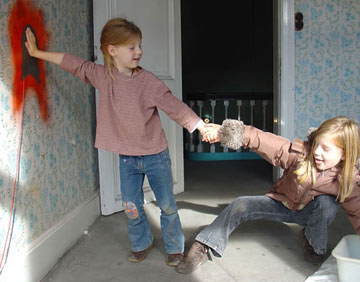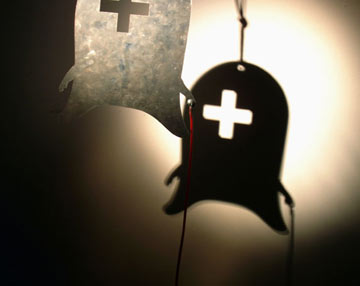you name it:
www.conrad.be
adachitomomi
Now at Roodkapje (Rotterdam)
http://www.adachitomomi.com
applets / simulations
Java Runtime Environment must be installed, downwnload: http://www.java.com/nl/download.
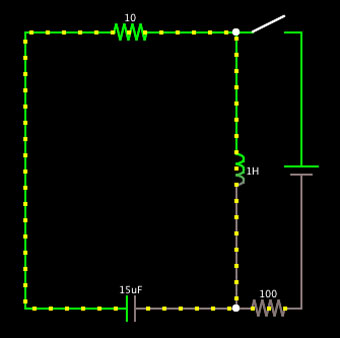
http://www.falstad.com/circuit
http://www.walter-fendt.de/ph11nl
http://people.clarkson.edu/~svoboda/eta/Circuit_Design_Lab/circuit_design_lab.html
tnx 2 Marc Vandermeulen
Ellentriek #2 @ de pianofabriek (Bxll) – Photo’s
Piksel
|||||||||||||||||||||||||||||||||||||||||||||||||||||||||||||||||||||||||
— Piksel07
— november 15-18 2007
— call for participation
— deadline july 15. 2007
|||||||||||||||||||||||||||||||||||||||||||||||||||||||||||||||||||||||||
Piksel[1] is an international event for artists and developers working with
open source audiovisual software, hardware & art. Part workshop, part
festival, it is organised in Bergen, Norway, by the Bergen Centre for
Electronic Arts (BEK) [2] and involves participants from more than a dozen
countries exchanging ideas, coding, presenting art and software projects,
doing workshops, performances and discussions on the aesthetics and politics
of FLOSS & art.
This years event – Piksel07 – continues the exploration of free/libre and
open source audiovisual code and it’s myriad of expressions, and also
investigates further the open hardware theme introduced at Piksel06.
Piksel07 is done in collaboration with Gallery 3,14[3] which will host this
years exhibition. Piksel is organised by BEK and a community of core
participants including members of collectives dyne.org, goto10.org, ap/xxxxx,
hackitectura.net, riereta.net, drone.ws, gephex.org and others.
||||||||||||||||||||||||||||||||||||||||||||||||||||||||||||||||||||||||||
open CALL for PROJECTS
For the exhibition and other parts of the programme we currently seek
projects in the following categories:
1. Installations
Projects related to the open hardware theme including but not restricted to:
circuit bending, reverse engineering, repurposing, modding and DIY
electronics, preferably programmed by and running on free and open source
software.
2. Audiovisual performance
Live art realised by the use of open source software and/or hardware.
3. Software/Hardware presentations
Innovative DIY hardware and audiovisual software tools or software art
released under an open licence.
<<<<<< Deadline – july 15. 2007 >>>>>>
Please use the online submit form at:
http://www.piksel.no/piksel07/subform.html
or send documentation material – preferably as a URL to online documentation
with images/video to piksel07[at]bek.no
Contact:
BEK
att: Gisle Froysland
C. Sundtsgt. 55
5004 Bergen
Norway
More info: http://www.piksel.no
piksel07 is produced in cooperation with Kunsthoegskolen in Bergen dep The
Academy of Fine Arts, Gallery 3,14. Supported by Bergen Kommune, Norsk
Kulturfond and Vestnorsk Filmsenter.
links:
[1] http://www.piksel.no
[2] http://www.bek.no
[3] http://www.stiftelsen314.com
—
——————–
www.220hex.org
www.r3aktor.com
http://mob.bek.no
electrified pickle
electricity
Electricity – OMD – 1979
basics
[Stop]kontakt
[Stop]kontakt, by boutique vizique
‘Kontakt’ and ‘Stopkontakt’ are two similar installations, aiming for a different audience, but with the same feeling. Both are reactive installations that focus on making physical contact with others. Its interface consists of several ‘electron’ and ‘proton’ shaped cartoon like characters, spread out in the space. These ‘contact points’ invite you to close several electrical circuits, using your body as a conductor between them. Once a connection (= Kontakt) is made it results in a physical and/or auditive output. For example: a record player starts to play a few good old tunes, a light get turned on, drops of water start falling from the ceiling and make a sound, …
Depending on the location, we change the interface accordingly. Walls, staircases and sinks become part of the installation as they are turned into touch points, which results in a very spatial experience. The piece celebrates collaboration and cooperation, as a singular visitor can’t close all the possible circuits alone. Explore the possibilities and hold hands, touch you neighbours nose or find a piece of metal.
‘Stopkontakt’ is focussed on children and generates more physical outputs, while ‘Kontakt’ is more sound based and has a less direct responsive as it is build for an older audience.
Technically: The touch points are either laser cut aluminum or conductive painted shapes connected to Making Things‘ Teleo system. The software running has been developed in Cycling’74’s visual programming environment Max/Msp/Jitter.
Developed in collaboration with Karmen Franinovic and musical assistance by Jonas Nachtergaele
